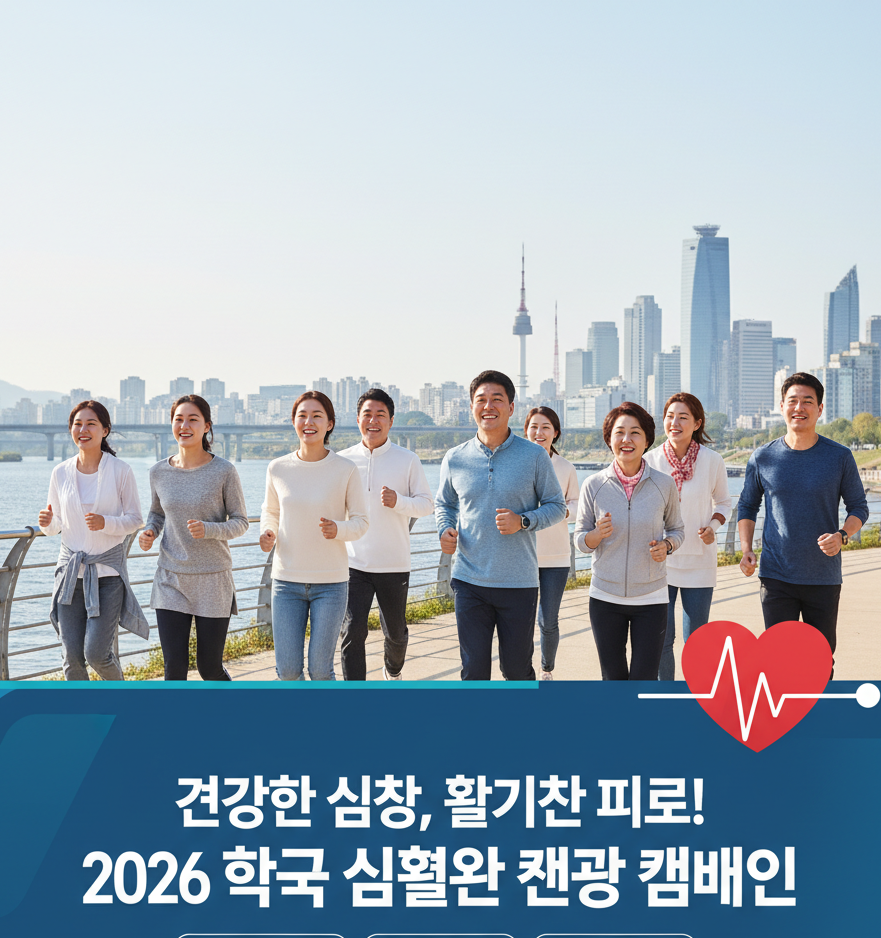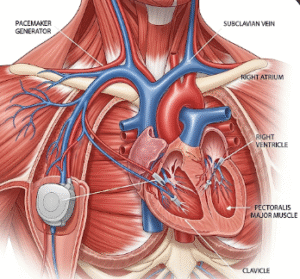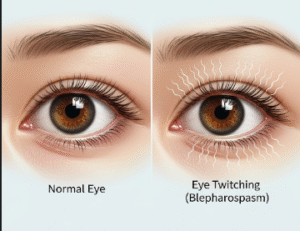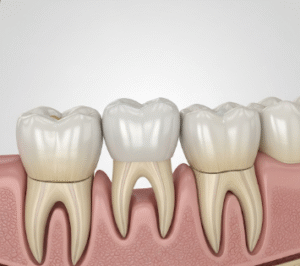Heart disease — also known as cardiovascular disease (CVD) — continues to be one of the most pressing public health challenges in South Korea. As the population ages and lifestyle habits evolve, cases of hypertension, diabetes, obesity, and high cholesterol have been steadily increasing. To address this, the Korean government, hospitals, and civic organizations are launching comprehensive national campaigns in 2026 aimed at reducing heart disease through prevention, early detection, lifestyle change, and digital innovation.
Why 2026 Is a Turning Point
The year 2026 marks a new phase of Korea’s long-term national health plan, which focuses on combating noncommunicable diseases like heart disease and stroke. Cardiovascular disease remains one of the leading causes of death in the country, contributing significantly to healthcare costs and loss of productivity.
➡️ Key reasons this campaign matters:
• Heart disease rates are increasing as Korea’s elderly population grows.
• Many risk factors — including smoking, high sodium diets, and inactivity — are still common.
• Cardiovascular care costs remain among the highest in the national health insurance system.
• Early intervention can prevent a majority of cases through lifestyle and medication management.
✅ Goal: To reduce heart disease incidence, hospitalizations, and premature deaths through stronger prevention programs, technology integration, and community participation.
1. Public Awareness and Education
In 2026, nationwide awareness campaigns will emphasize heart-healthy living and early prevention. The Ministry of Health and Welfare and local governments are working with hospitals, schools, and media outlets to educate people about recognizing risk factors and adopting healthier lifestyles.
➡️ Focus areas include:
• Encouraging balanced diets low in sodium and sugar.
• Promoting physical activity across all age groups.
• Running anti-smoking and alcohol reduction campaigns.
• Increasing awareness about “silent killers” like high blood pressure and cholesterol.
• Using television, online media, and influencer partnerships to reach younger audiences.
💡 Goal: Create a cultural shift where heart health becomes part of everyday conversation — from workplaces to classrooms.
2. Screening and Early Detection
Korea’s public health screenings will expand in 2026 to identify cardiovascular risks before they cause serious problems.
➡️ New screening initiatives:
• Broader access to annual blood pressure, cholesterol, and glucose tests.
• Risk assessment programs that calculate personal heart disease risk using age, weight, lifestyle, and family history.
• Mobile clinics and community check-up events for rural residents.
• Incentives for adults in their 40s and 50s to participate in early screening.
• Integration of digital platforms where results can be tracked through smartphones and shared securely with hospitals.
✅ Impact: Early detection of risk factors will allow timely intervention and reduce the number of undiagnosed patients.
3. Managing Risk Factors and Secondary Prevention
Beyond awareness, the 2026 campaign will strengthen systems for ongoing management of conditions that lead to heart disease — especially hypertension, diabetes, and high cholesterol.
➡️ Key measures:
• Expanding standard treatment protocols for managing chronic conditions.
• Offering teleconsultations for patients needing routine check-ins.
• Promoting medication adherence through mobile reminders and pharmacist counseling.
• Introducing community-based cardiac rehabilitation programs for recovering heart patients.
• Encouraging workplaces to sponsor fitness and stress-relief programs for employees.
💪 Goal: Empower patients to actively manage their health while ensuring hospitals and local clinics provide consistent follow-up care.
4. Reducing Regional Health Gaps
In 2026, the Korean government is focusing on equitable access to cardiovascular care. Many rural areas still lack specialized cardiac facilities, and regional inequalities remain a concern.
➡️ Solutions being implemented:
• Establishing regional cardiovascular centers outside major cities.
• Using telemedicine networks to connect local clinics with major hospitals.
• Expanding emergency response systems for heart attack and stroke patients.
• Training local healthcare workers in advanced cardiovascular management.
🌍 Result: Every citizen, regardless of location, should have access to timely, effective heart disease prevention and treatment.
5. Policy and National Strategy
The Act on the Prevention and Management of Cardio-cerebrovascular Disease continues to guide Korea’s long-term heart health policies. Under this act, the government is focusing on prevention-oriented systems rather than reactive care.
➡️ Main policy directions:
• Integration of cardiovascular prevention into broader public health policies.
• Collaboration between the Ministry of Health, local governments, and hospitals.
• Strengthened restrictions on tobacco and sugary beverages.
• National data systems that monitor heart disease trends and outcomes.
• Partnerships with tech firms to develop prevention-focused digital tools.
📊 Objective: Build a policy framework that connects hospitals, communities, and individuals into one unified prevention network.
6. Leveraging Technology and Innovation
Digital health will play a major role in Korea’s 2026 heart disease prevention campaigns. The government and hospitals are embracing AI, wearable technology, and big data analytics to detect risk and monitor patients.
➡️ Tech-driven initiatives:
• AI systems that analyze national health data to identify high-risk groups.
• Wearable devices that track heart rate, blood pressure, and physical activity.
• Smartphone apps that guide users through personalized heart health plans.
• Blockchain systems that securely store and share health data among providers.
• Telehealth platforms that connect patients with specialists for virtual consultations.
💡 Innovation goal: Make preventive care smarter, more efficient, and more accessible through digital integration.
7. Metrics and Evaluation
To measure success, the 2026 campaigns will focus on concrete outcomes rather than short-term participation rates.
➡️ Expected results include:
• Lower age-adjusted death rates from heart disease and stroke.
• Fewer hospital admissions related to cardiovascular complications.
• Higher rates of blood pressure and cholesterol control among patients.
• Increased screening participation, especially among working-age adults.
• Improved long-term adherence to medication and lifestyle plans.
✅ Broader vision: Shift from treating heart disease to preventing it — reducing the overall burden on individuals and the healthcare system.
8. Challenges Ahead
Despite progress, several challenges remain in achieving nationwide success:
➡️ Key challenges:
• Encouraging consistent lifestyle change among citizens.
• Ensuring access to digital health tools for older adults.
• Maintaining privacy and security in health data sharing.
• Training healthcare professionals to adopt new digital systems.
• Sustaining government funding and public engagement beyond the campaign year.
⚙️ Response: Continuous collaboration between government agencies, hospitals, corporations, and communities will be vital for long-term impact.
Final Thoughts
Korea’s 2026 campaigns to reduce heart disease reflect a transformative shift in public health philosophy — from reactive treatment to proactive prevention. Through education, digital innovation, and equitable healthcare policies, the nation is working to create a society where fewer people suffer from heart disease and more live longer, healthier lives.
✨ In Korea’s vision for 2026 and beyond, heart health isn’t just a medical goal — it’s a shared social responsibility built on prevention, technology, and community care.













